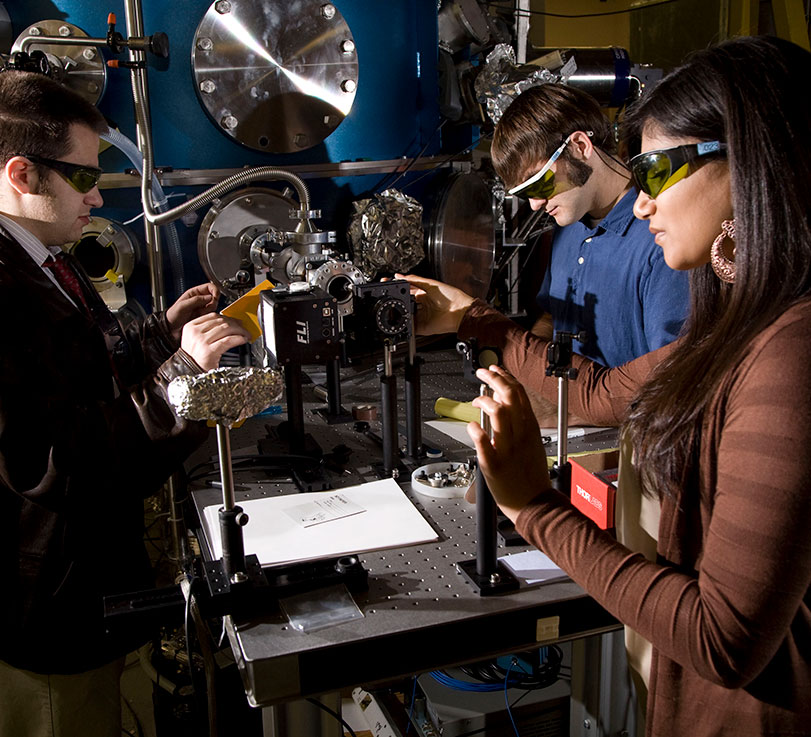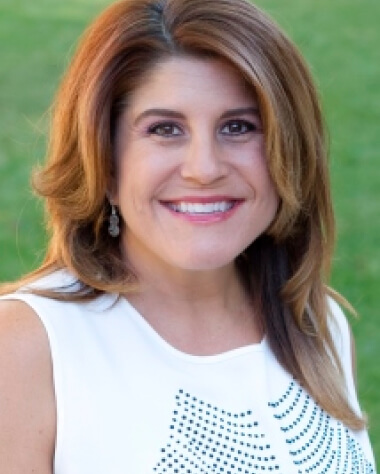The overarching goal of our Broadening Participation Plan is to create communities of practice focused on research and learning in our research teams, partnerships, and programs by employing best practices in mentorship, team science, and an effective culture of support.
The HDRFS Broadening Participation plan increases the number of people underrepresented in STEM research and provides STEM career mentoring for both students and faculty to achieve institutional cultural shifts, equity, and inclusion. Careful attention has been paid to ensure that underrepresented, first-generation college-going, and low socioeconomic students and faculty are integrated by infusing broadening participation metrics through all pathway programs. Objectives focus on bridges between undergraduate, graduate, and postdoctoral levels, including NV’s four minority-serving institutions.








 Acknowledgement: This material is based upon work supported by the National Science Foundation under Grant No. OIA- 2148788.
Acknowledgement: This material is based upon work supported by the National Science Foundation under Grant No. OIA- 2148788.